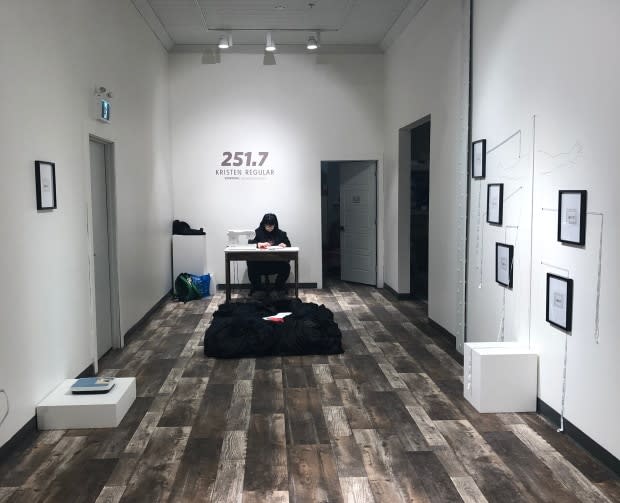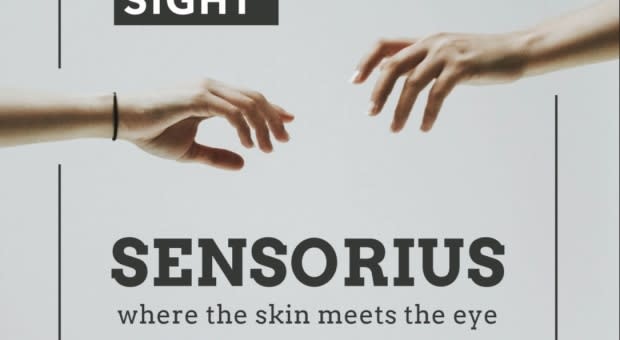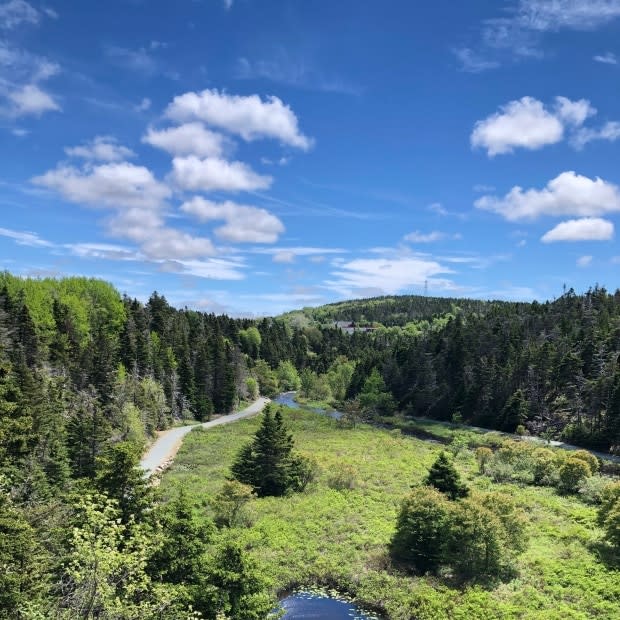Here's how some cultural sites are using universal design for more accessible spaces

"Accessibility" can be a tricky word.
Kathy Hawkins of Inclusion NL says it means something different to everyone, and depends on how individuals use a space.
"To me, access — or accessibility — should mean that disable-identifying folks can enjoy a space with the same ease and effort as other people," she said.
"Spaces or experiences that are actually accessible will not leave someone feeling frustrated or tired."
She offers the following example:
"Barrier-free spaces or spaces with accessibility would have a ramp into the entrance that could be used with independence as well as the restaurant menu that is available in Braille. Both examples provide opportunities for people with lived experience to utilize the barrier-free/accessible features in whatever way they chose to or can use them."
Kathy also suggests accessibility is tied into the idea of universal design.
"Essentially, when something is universally designed, it's useful to people with a diverse set of abilities. A universally designed thing or place should be simple to use, simple to understand, easy to access, and should accommodate as many people as possible."
A ramp is an excellent example of something that has been universally designed. They are essential for individuals using wheelchairs, but they also help anyone with a cast, parents with a stroller, delivery drivers operating dollies, or kids on tiny scooters.
In St. John's, several important cultural sites have used the principles of universal design to make their spaces more accessible.
Craft Council of Newfoundland and Labrador
In 2018, the Craft Council of Newfoundland and Labrador moved to its new location at Duckworth Street in St. John's and began making strides toward being as inclusive as possible.
The first step involved following regulations used by the Smithsonian Guide for Accessible Exhibition, with enough distance between art pieces so there's plenty of room for patrons with wheelchairs. Font sizes were brightened and increased.
Curator Bruno Vinhas also began the "whisper program," where gallery staff guide visually impaired patrons, describe the exhibition and pieces, and occasionally (if allowed) hold the art.
"When designing or curating shows, we always take into consideration how the disable-identified patrons would move through the space/exhibition and what we can do to improve their experience in the gallery."
Additionally, the gallery has changed their light system to avoid glaring, their social media posts are always embedded with alt text, there's a visual fire alarm, and most of the shows have Braille labels. Finally, the new building has an elevator to help patrons with mobility issues.

Interestingly, an exhibit scheduled for August 2021, entitled Sensorius: Where the Skin Meets the Eye, highlights accessible spaces.
"For the longest time, exhibition spaces have been the privilege of fully able people. Spaces are often inaccessible, and disable-identified communities have been denied the right to fully enjoy art gallery spaces due to the notion of 'do not touch the artwork,'" said Vinhas. "This is a show that has been primarily designed for the disabled-identified community."
The LSPU Hall
The LSPU hall has been working toward inclusive design since 2010, when it underwent major renovations. A lift was included in the redesign, and since then the hall has created designated accessible viewing areas in the theatre, purchased a wheelchair, built a ramp to their entrance, and recently bought four assisted-listening systems, which amplify the sound of the shows and are available upon request.
The RCA Theatre Company also offers relaxed performances of its main stage productions, with less intense lights and noises for adults and children who might benefit from a gentler production, including people on the autism spectrum or who are at risk for seizures. The hall also provides visual guides for the performances.
Laura Williams, artistic associate of the hall, stresses that the next steps for the hall involve supporting artists as much as possible. "It's important for us to create spaces that all artists can access. We want to make our stage more accessible for all, so we're working on redesigning and adapting the space."

Manuels River
The original Manuels River path was beautiful, green, and rugged. It was also narrow, included many steps and wooden structures, and would occasionally flood—which meant the Cambrian fossils on-site were at risk of further erosion.
"This path was a lovely way for people to see our beautiful river, but many members of our community were excluded from this beauty," said Janet Rumsey, executive director of the organization that maintains the river's trail system and operates the Hibernia Interpretation Centre.
In 2016, the organization began fundraising to upgrade the paths. Stairs were removed and then the wooden structures were replaced with stone. Trails have been flattened, widened and redirected to avoid steep climbs. The new trajectory traces the river's edge, allowing for some truly gorgeous views.

"We recognized while running field trips and guided hikes that some folks would get left behind. It just didn't sit well with us," said Rumsey. They applied for a grant to help cover the cost of a trail chair, and through fundraising and a few private donations, were able to buy an all-terrain wheelchair.
The Interpreters at Manuels River have also been trained to speak clearly and loudly, and will wear microphones for listening devices. Patrons are encouraged to get up close to the items on display and touch objects, when possible.
Read more from CBC Newfoundland and Labrador


